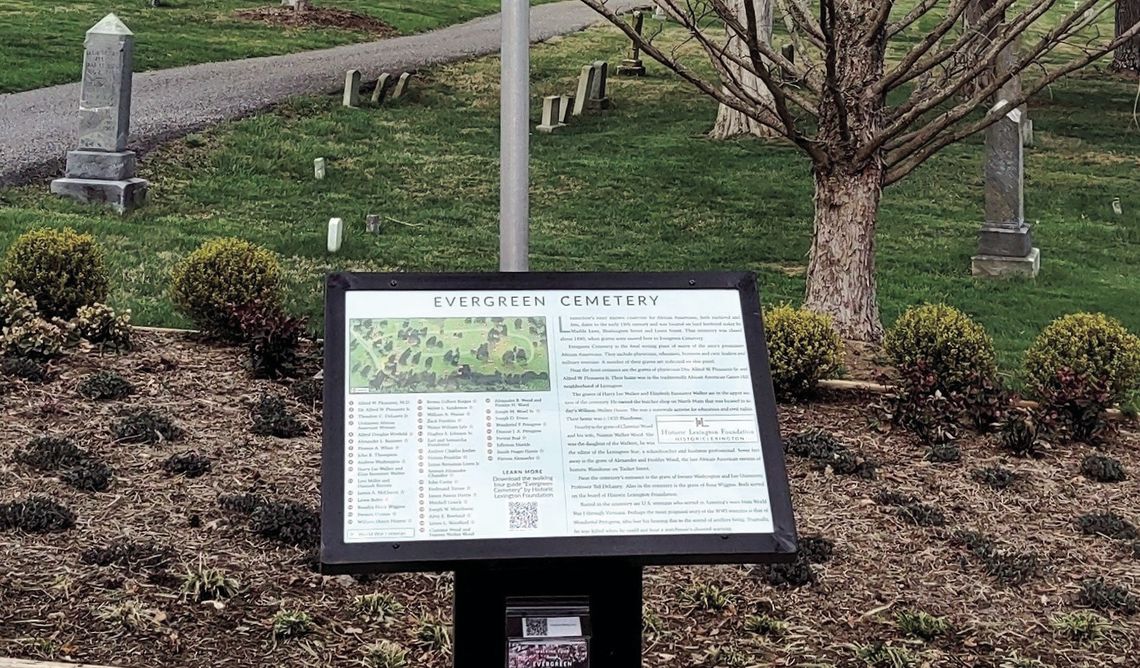Events Thursday To Celebrate New Markers, Panel
PLEASE LOG IN FOR PREMIUM CONTENT. Our website requires visitors to log in to view the best local news.
Not yet a subscriber? Subscribe today!

Events Thursday To Celebrate New Markers, Panel